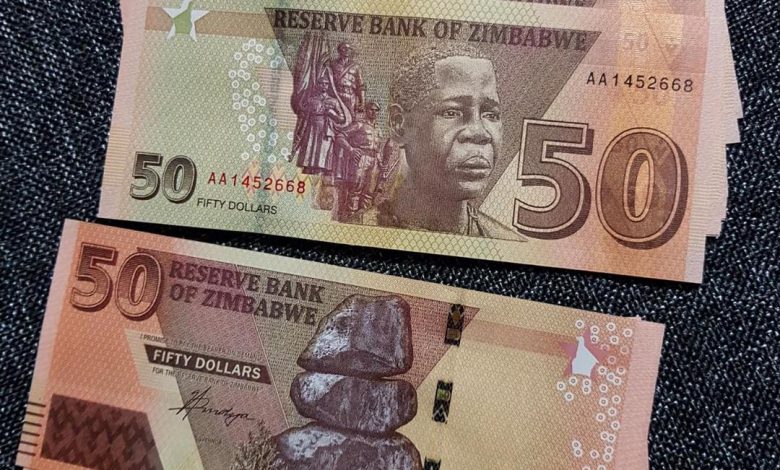Post 2018 monetary and fiscal policies, did they work?

The Transitional Stabilisation Program, popularly known as the TSP, was an economic strategy introduced by the Government of Zimbabwe. It ran from 2018-2020 with the aim of bringing economic stability in the nation.
Although the economic growth projections of the TSP did not reach their expected potential, due to unforeseen circumstances such as Cyclone Idai and COVID-19, it laid the foundation for Zimbabwe’s economic progress. Here are some of the TSP’s successes
One of the famous phrases during the period of 2018-2020 was “austerity for prosperity”. It wouldn’t be a surprise if a substantial number of Zimbabweans could recite it after waking from deep slumber.
This catchphrase stemmed from Professor Mthuli Ncube’s 2019 budget announcement. This was an embodiment of the TSP, which had stabilising the macro-economy as one of its aims.
These austerity measures managed to reduce the bloated civil service through retiring workers of age. This reduced the wage bill and the removal of ghost workers meant there was a surplus in the Government’s coffers.
Introduction of the 2% tax was also a by product of these austerity measures. This widened the tax base and from this, the country had surplus to cater for its needs. The money raised by this tax was channeled towards infrastructure development, health, education and social safety nets.
In addition, stabilisation of the fiscal and trade deficit could be attributed to the TSP. These two devils had grown out of proportion. Taming them translated to improvement in the economy, something that had not been seen in the recent past years.
On the other hand, fiscal consolidation created an environment for a balanced budget and triggered fiscal stability. Cutting down on government expenditure leaves increased domestic finances for capital projects which in turn boosts the economy.
Of these finances, funding has gone to initiatives such as the Emergency Road Rehabilitation Program (ERRP). This program has ensured the resurfacing of Seke Road, rehabilitation of the Harare-Masvingo road and the refurbishment of the King George road from Lomagundi to Josiah Tongogara road in Harare. These are just some of the examples of the ERRP.
Other successes during the TSP era was the promotion of the digital payment system. This saw the introduction of the RTGS, EFT and the massive growth of mobile money use.
Use of POS machines increased drastically during this era as well. Government’s intervention in the use of the digital payment system meant less resources where used to print money, saving the country the much needed resource.
The period between 2018-2020 saw a number of significant changes to the nation’s economy. This was the foundation which we are standing on today, it is no secret that more needs to be done and if the foundation is right, the building will surely stand.




